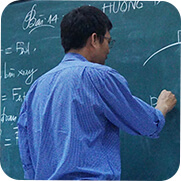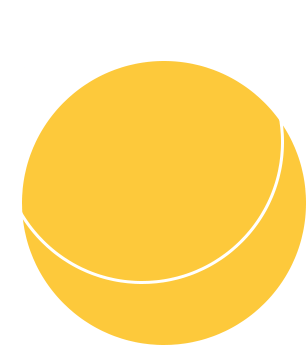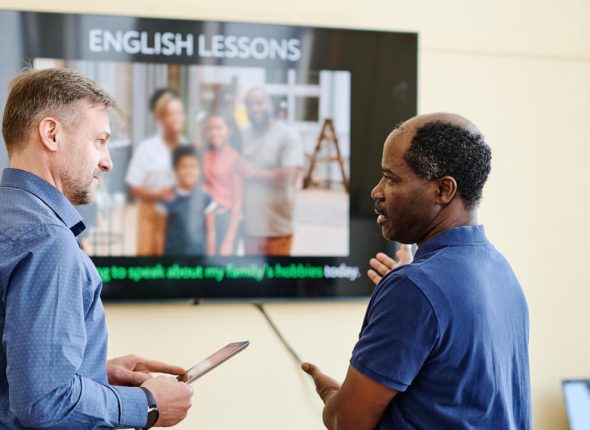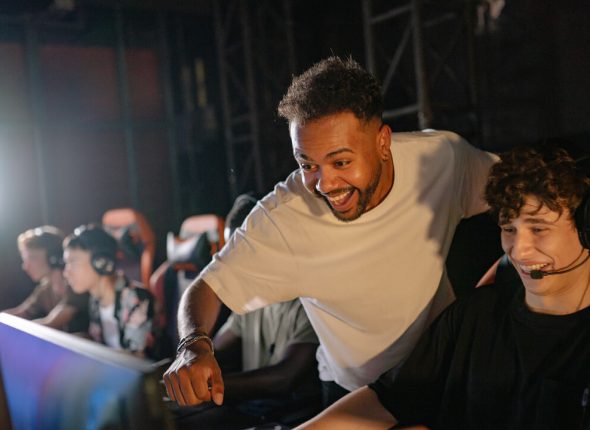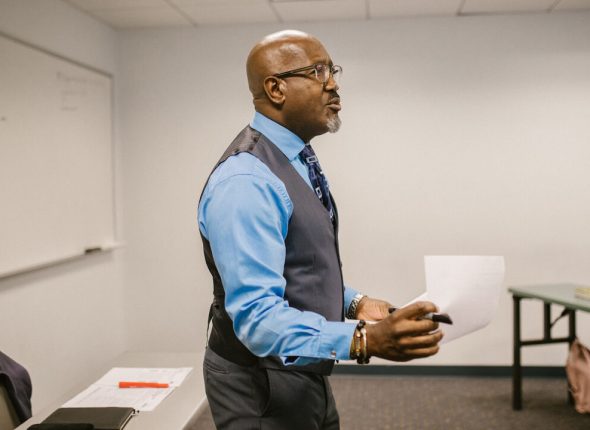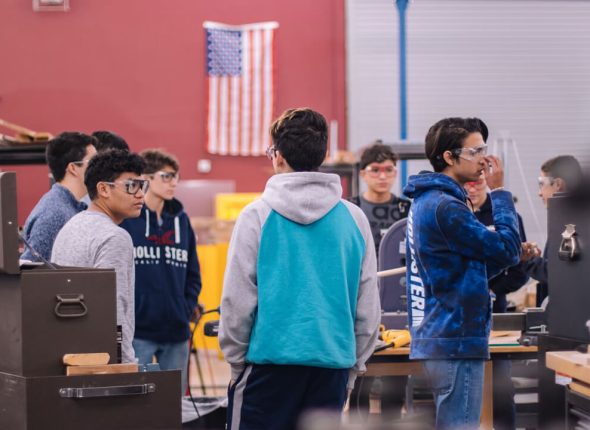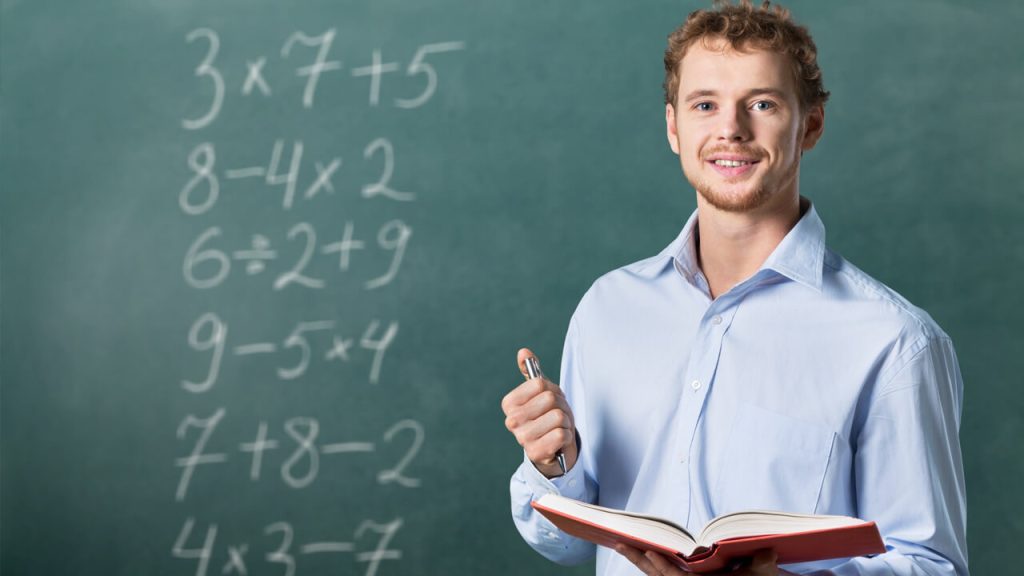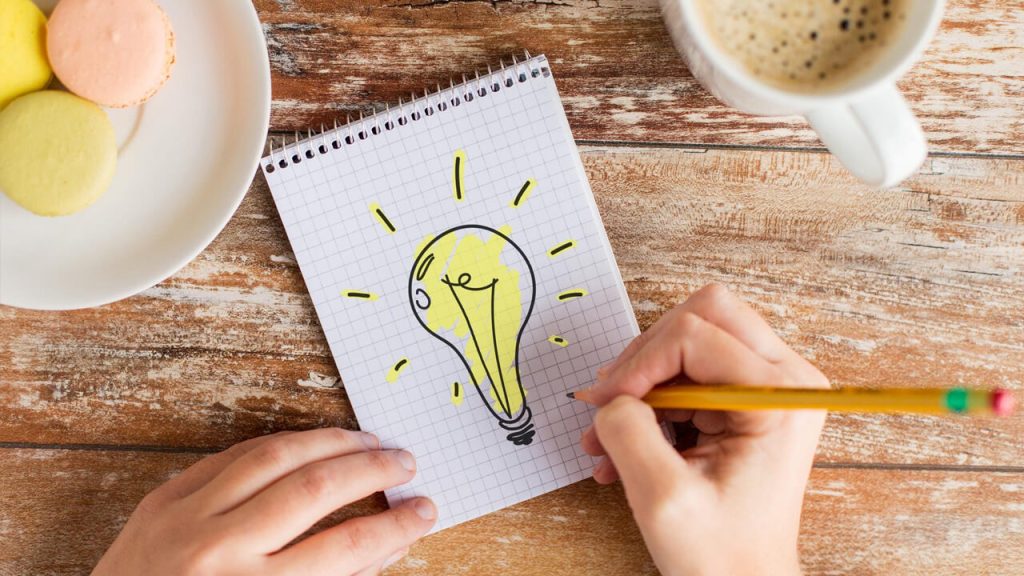
Your Trusted Partner in Education & Career Growth
With 30+ years of experience, Expert Educare has helped thousands of students achieve their dreams of studying abroad and advancing their careers.




30+
Years Experience
500+
Partner Institutions
10K+
Students Helped
95%
Visa Success Rate
OurComprehensiveServices

Study Abroad
Unlock opportunities at top universities worldwide with expert counseling. From University Selection to Visa Support

Professional Training
Enhance skills with industry-relevant courses for your career advancement.
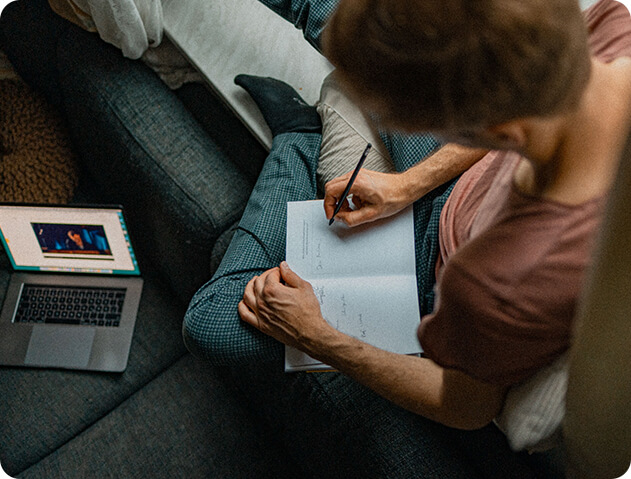
Test Preparation
Master exams with proven strategies and expert coaching.
Find Your Ideal Study Destination

United Kingdom
World-class universities with rich academic heritage and global recognition.


United States
Home to Ivy League institutions with diverse programs and research opportunities.
We help you to find the right courses

Quality Tutorial
For years, He dreamed of writing thrillers the way he thought they should be written
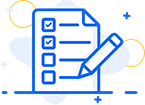
Unlimited Courses
For years, He dreamed of writing thrillers the way he thought they should be written
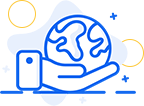
Global Certificate
For years, He dreamed of writing thrillers the way he thought they should be written
Events those are going near you
World Education Day Conference
International React Conference
February Education Conferences
The Games Education Summit
Latest Article & News
How to Turn Education into Success
Lorem ipsum dolor sit amet, consectetur adipisicing elit, sed do eiusmod tempor
What You Should Have Asked Your Teachers
Lorem ipsum dolor sit amet, consectetur adipisicing elit, sed do eiusmod tempor
Top companies choose us to build career skills







